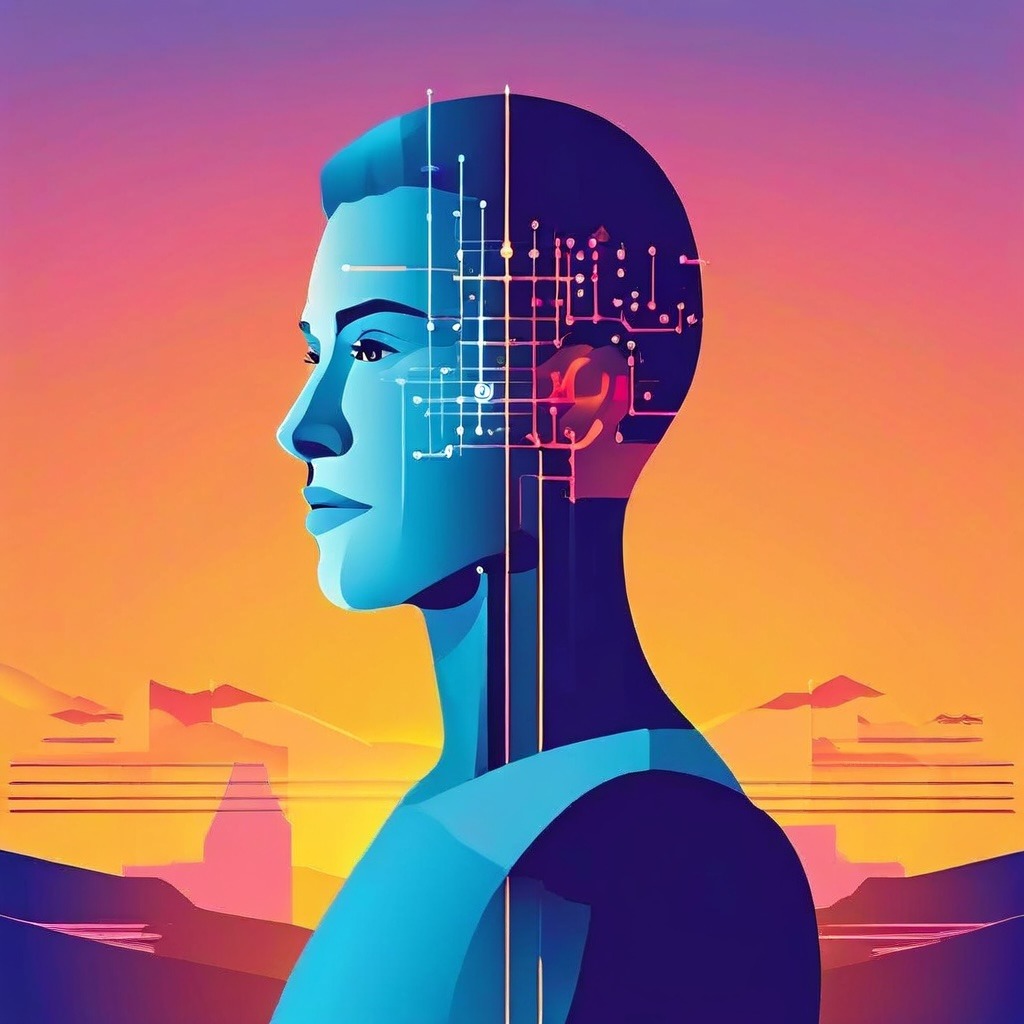A recent survey revealed that 71% of people worldwide are unaware of what a deepfake is, and 43% confessed their inability to recognize one. As the technology behind deepfakes advances and becomes more widely available, it raises concerns about its potential misuse by cybercriminals for identity impersonation and creating harmful content. Therefore, understanding deepfakes is crucial.
Deepfakes are falsified audio, video, or images created using Deep Learning technology. Their creation and detection are important topics to consider.
Deepfakes: An Overview Deepfake technology merges “deep learning” with “fake,” referring to artificial intelligence-generated fake content. This technology employs sophisticated AI methods to analyze and replicate human physical movements, facial characteristics, and voices. It utilizes AI encoding algorithms or Generative Antagonistic Networks (GANs) to produce highly realistic fake audio, video, or image content.
Essentially, deepfakes are AI-created videos, images, or audio that mimic a person’s appearance and/or voice. A notable example includes the deepfake videos of DeepTomCruise on TikTok. Originally utilized in Hollywood, this technology has now spread to the general public through various apps, despite platforms like Facebook banning deepfakes in 2020, except for clear parodies.
The Threat of Deepfakes Deepfakes poses a significant threat to digital and informational security, as outlined in a recent Europol report. Potential misuses include:
- Creating unethical pornographic montages.
- Manipulating images and sounds to bypass biometric security.
- Committing fraud on digital platforms.
- Spreading fake news and disinformation, potentially affecting financial markets and international relations.
- Stealing identities.
- Using fake compromising content for extortion.
As the technology becomes more affordable, the likelihood of these offenses increases, making awareness and preparedness essential.
Detecting Deepfakes Detecting deepfakes is challenging but possible. Key indicators include:
- Flash Frequency: Deepfakes often flash less frequently than real people.
- Face and Body Discrepancies: Deepfakes usually focus on the face, so mismatches between the face and body or between facial expressions and body movements can be telling.
- Video Length: High-quality deepfakes require extensive work, so they are often short.
- Audio Inconsistencies: Deepfake software may not synchronize the audio perfectly with the video, especially lip movements.
- Mouth Interior: Deepfakes struggle with accurately rendering the tongue, teeth, and oral cavity.
- Minor Details: Look for unnatural elements like odd shadows, unrealistic facial hair, skin texture, or lip color.
- Technological Solutions: For more rigorous checks, use deepfake detection software or real-time video verification systems.
Ultimately, enhancing public awareness and judgment regarding suspicious content is key to combating the threat of deepfakes.





